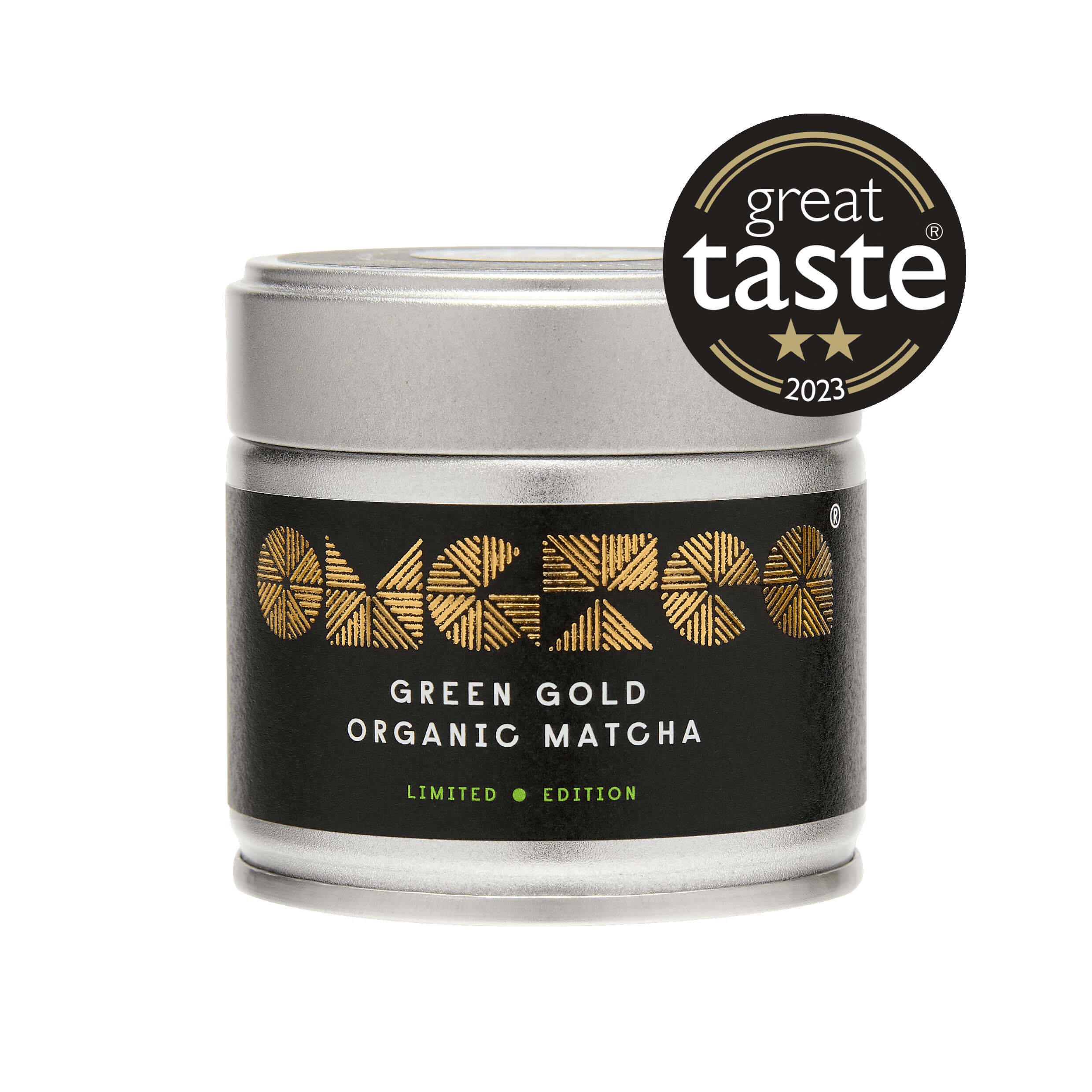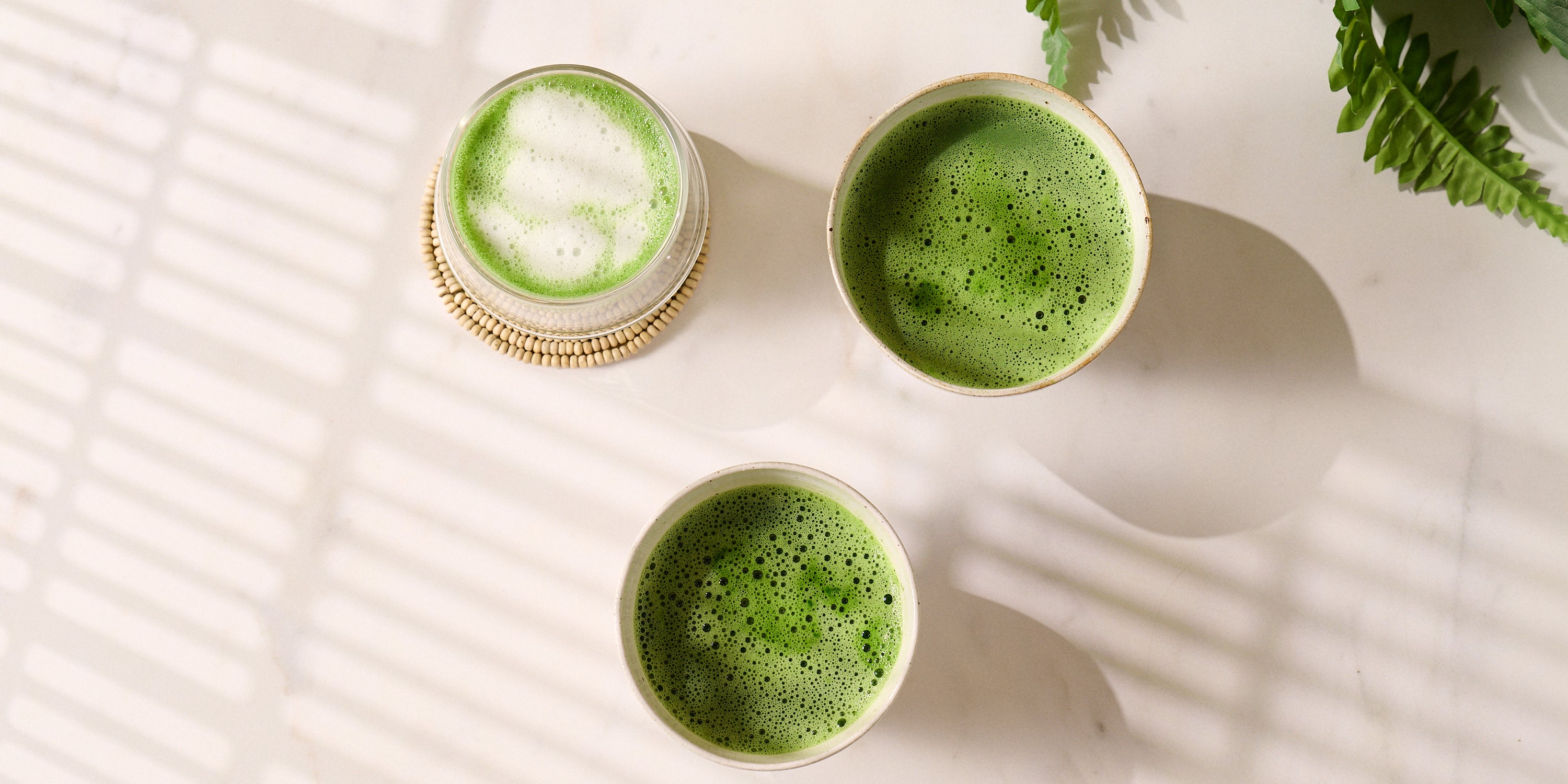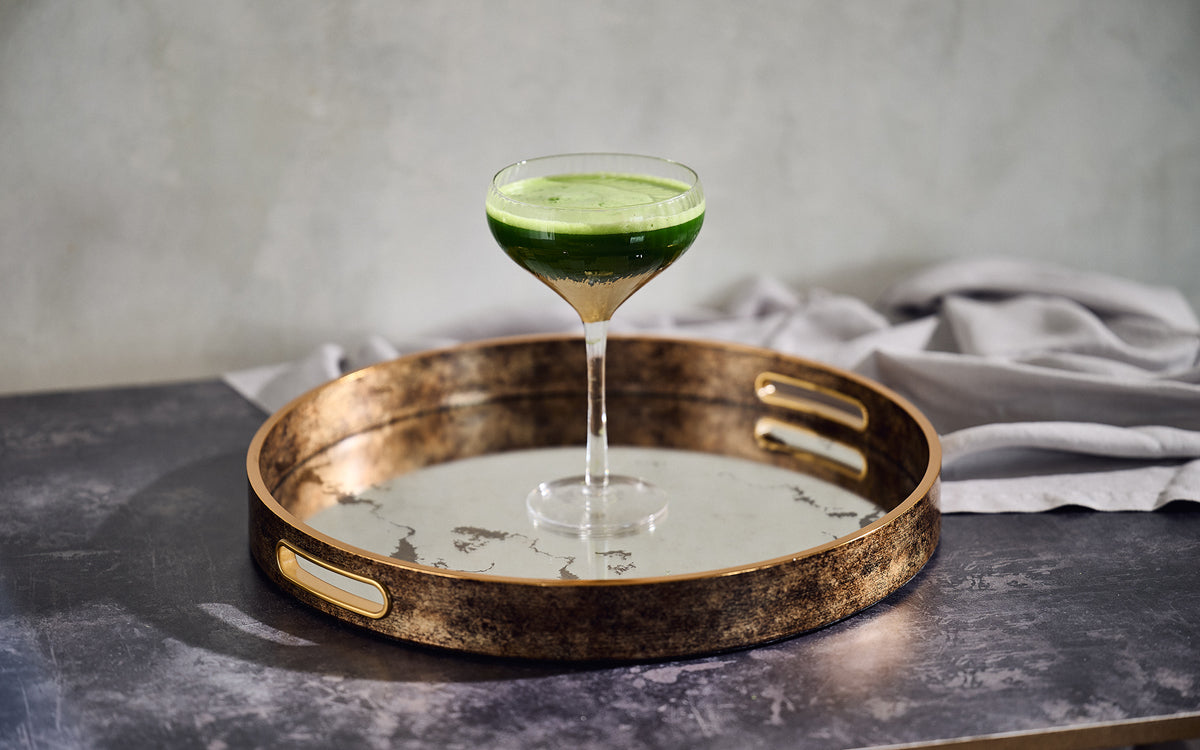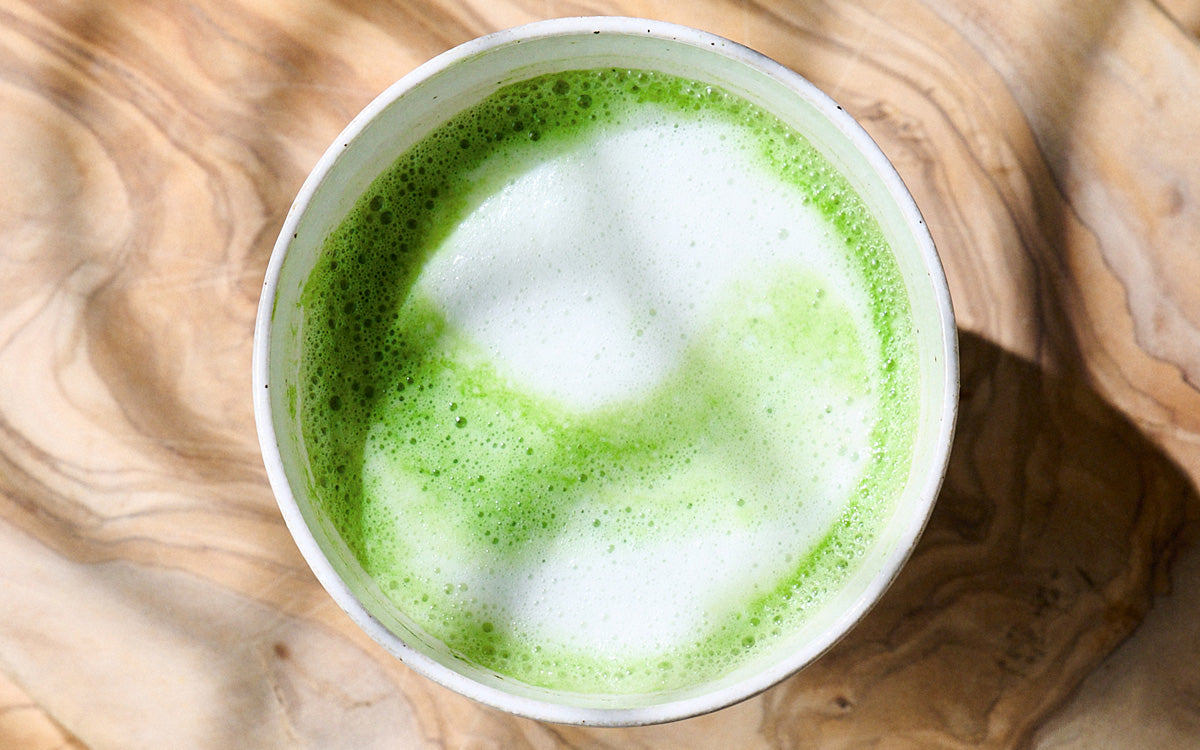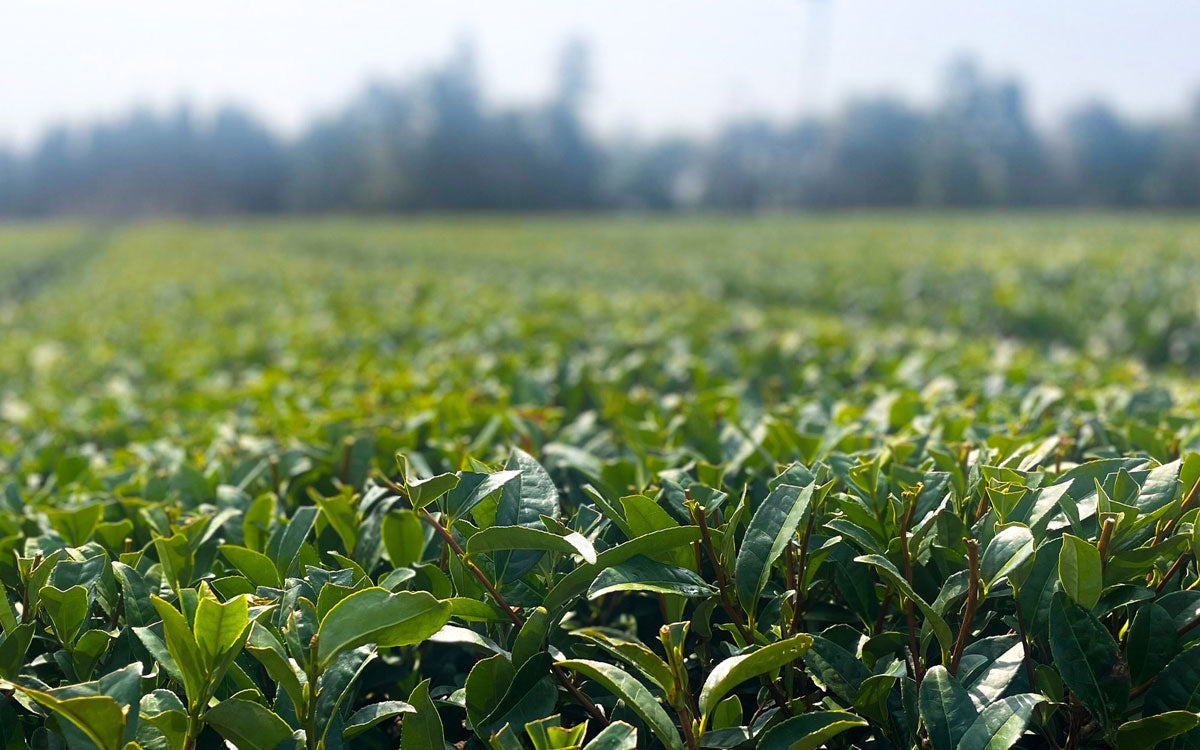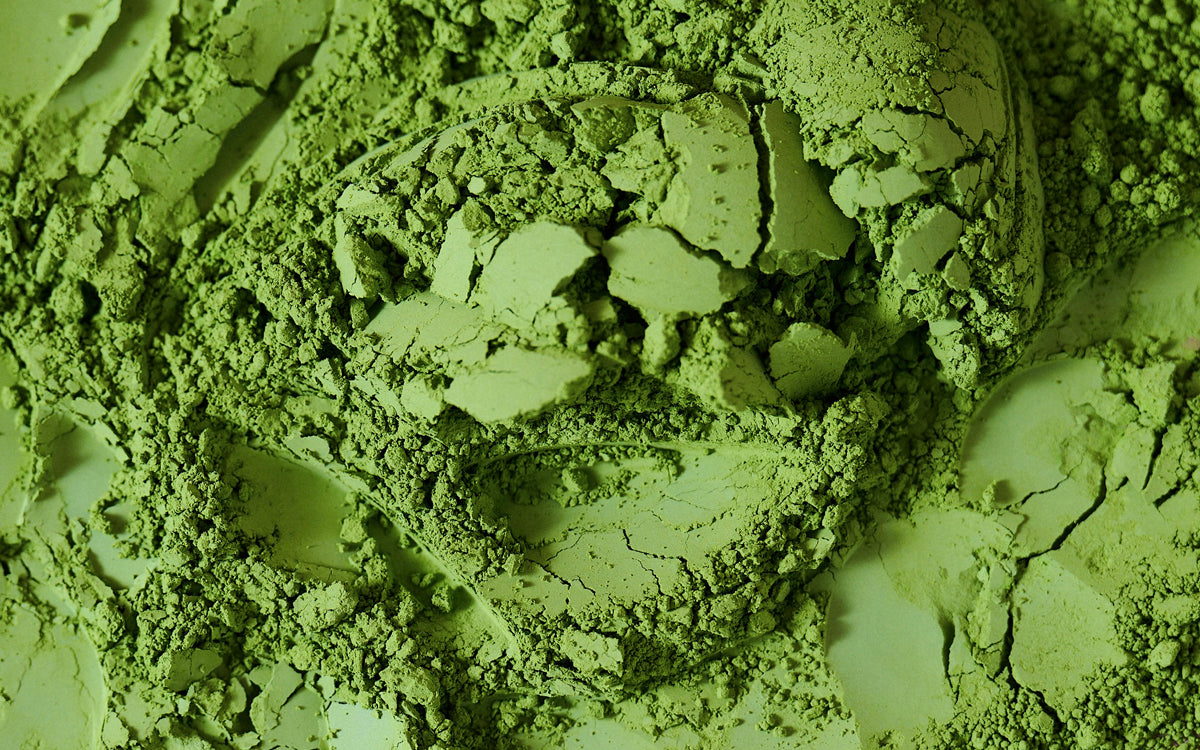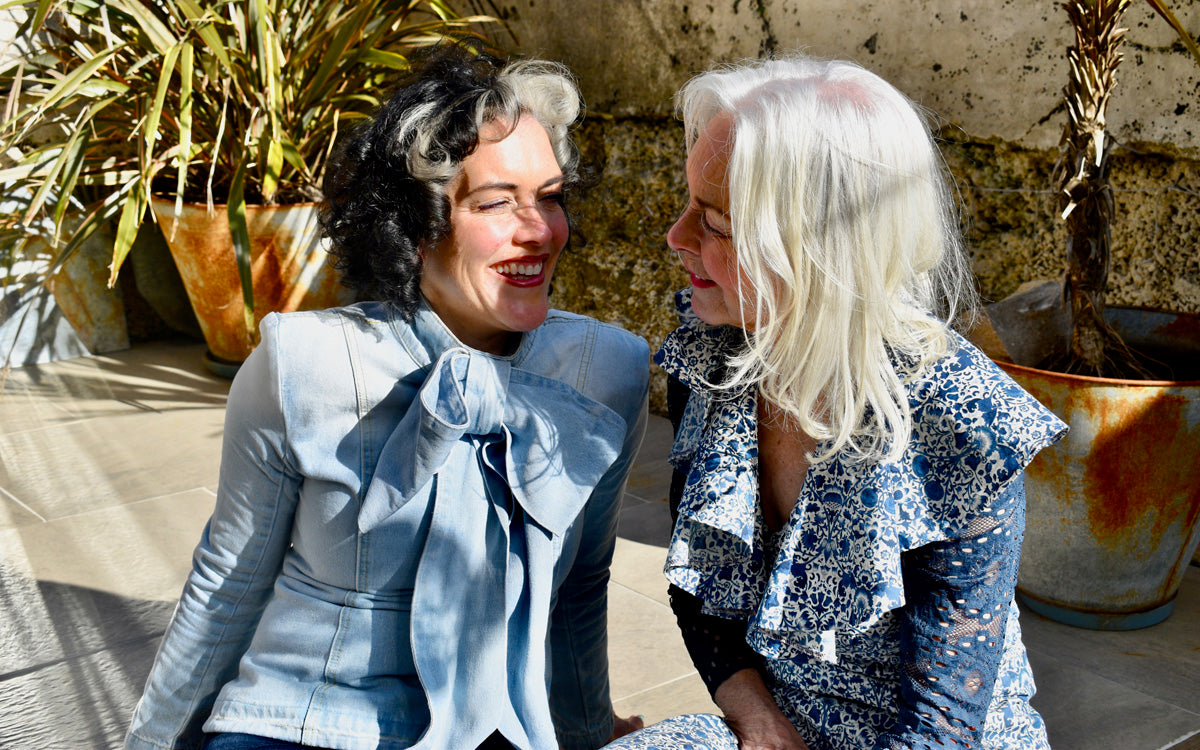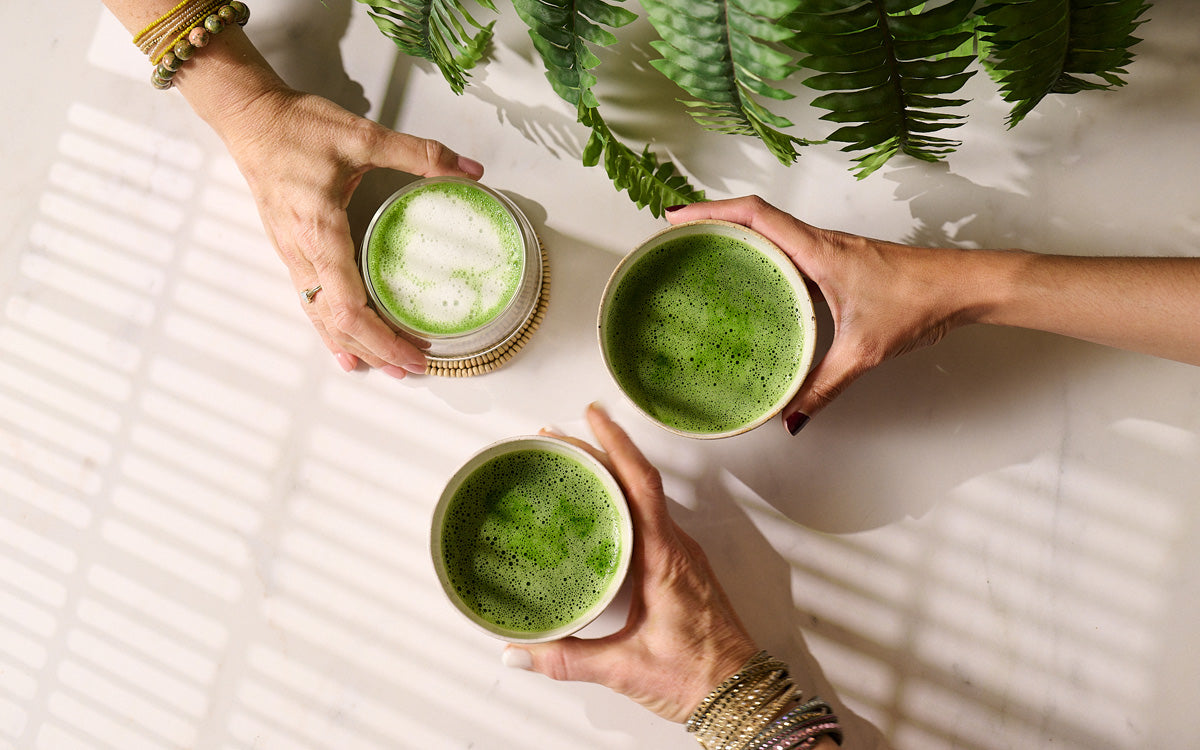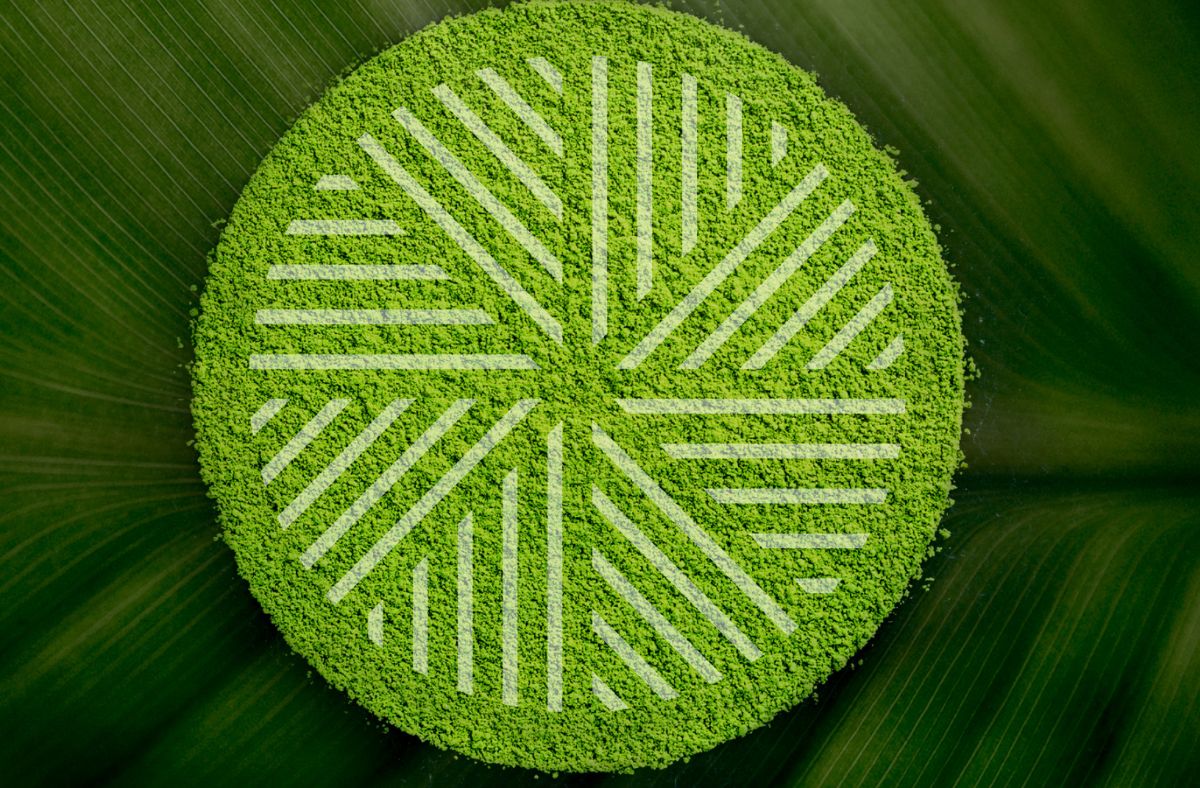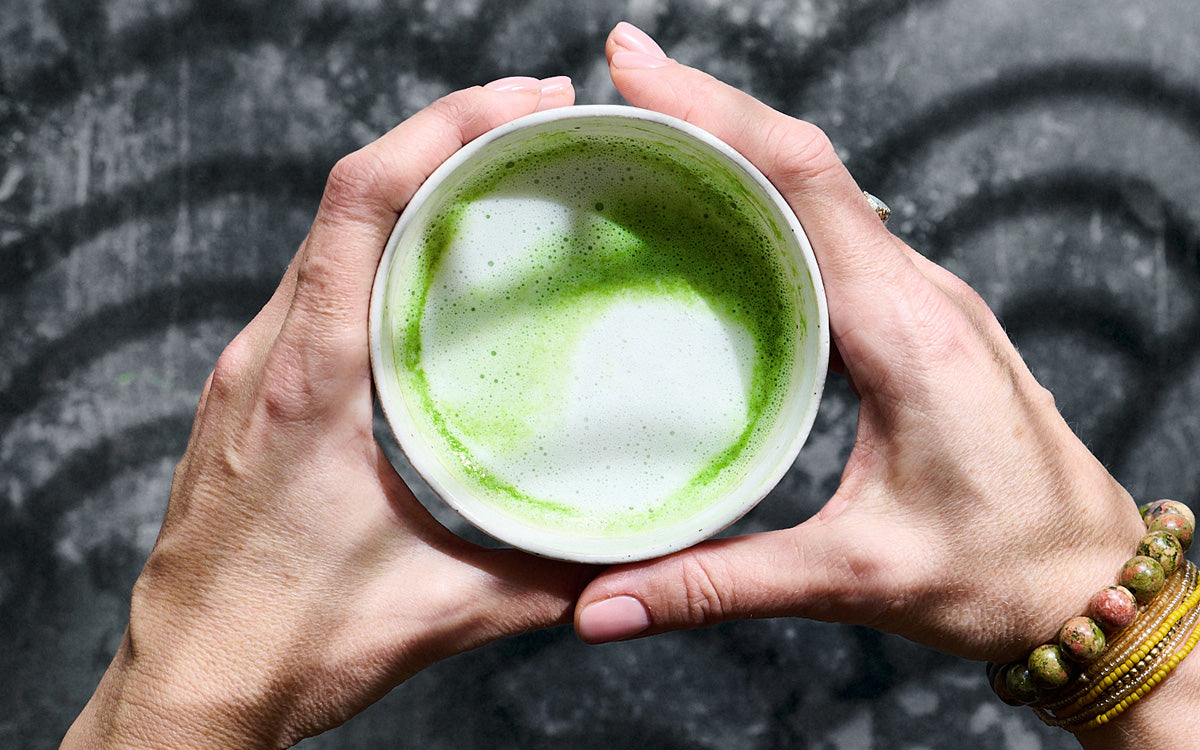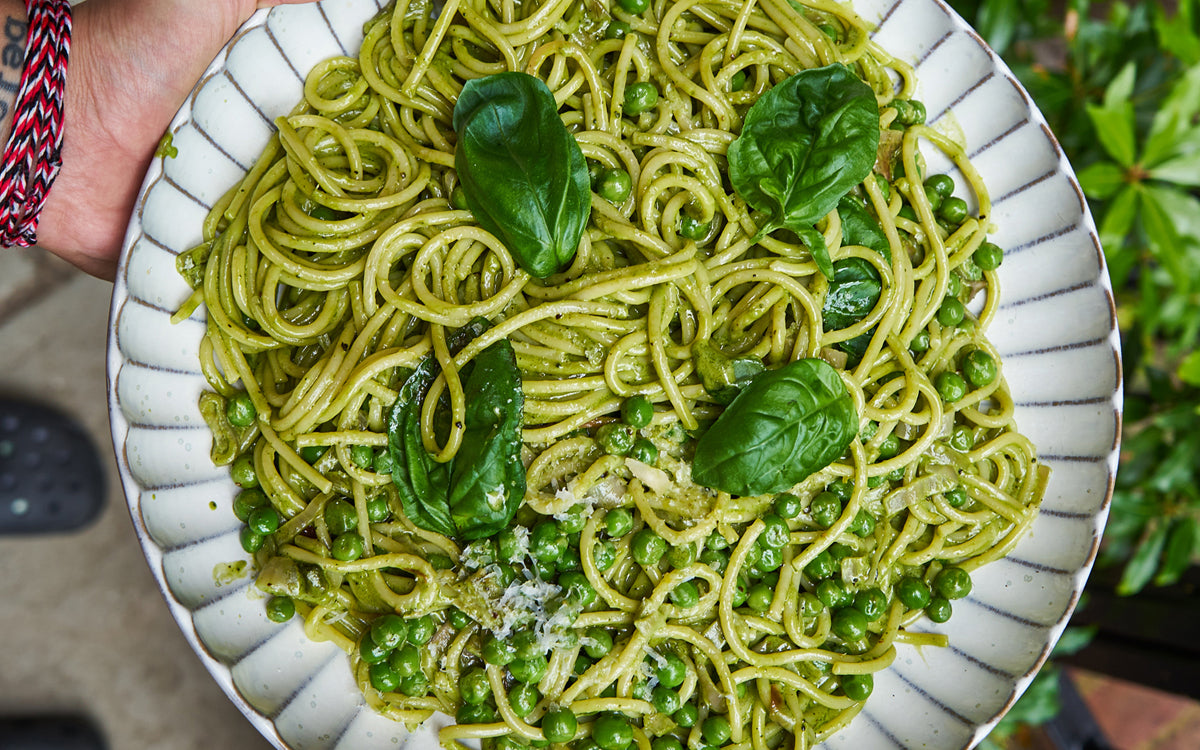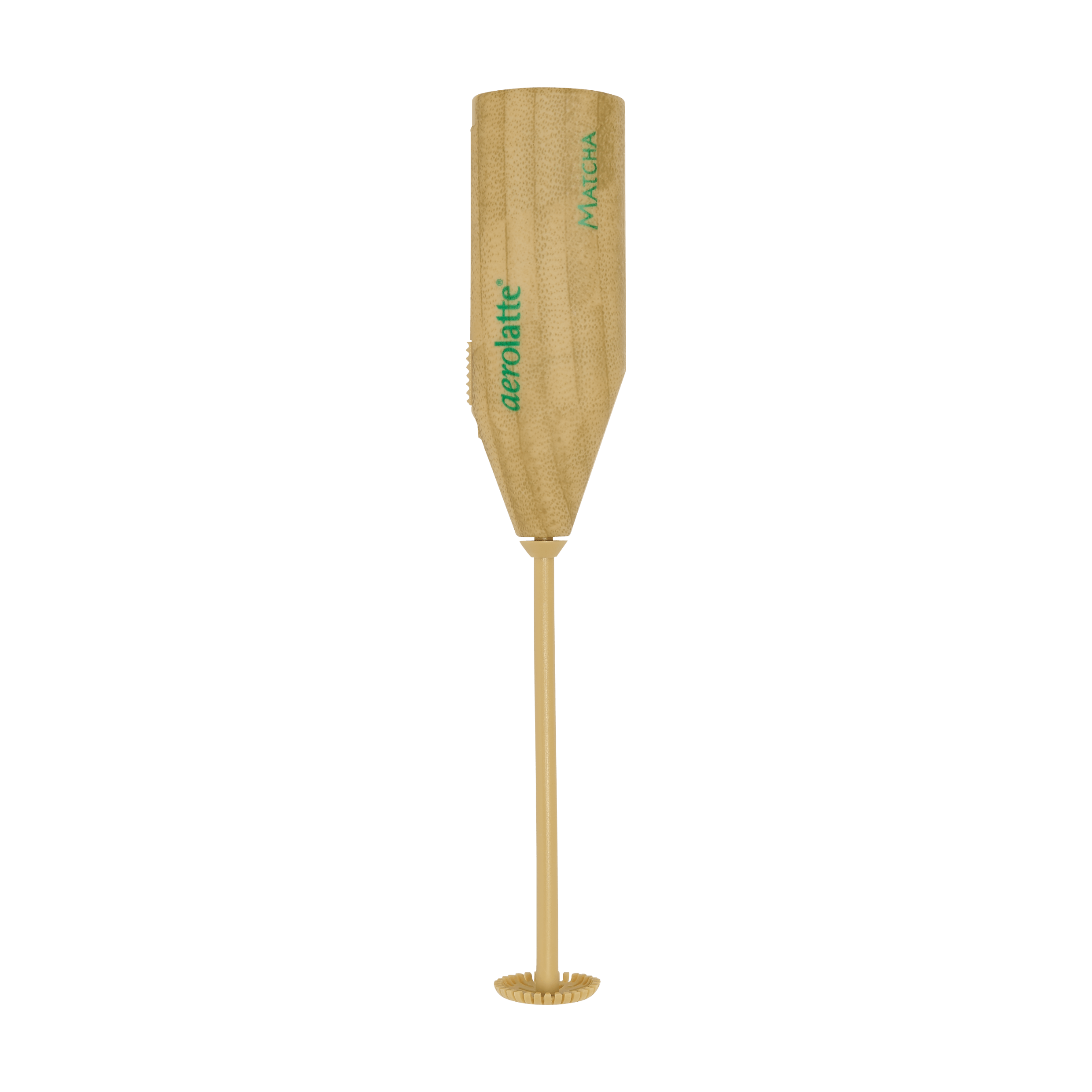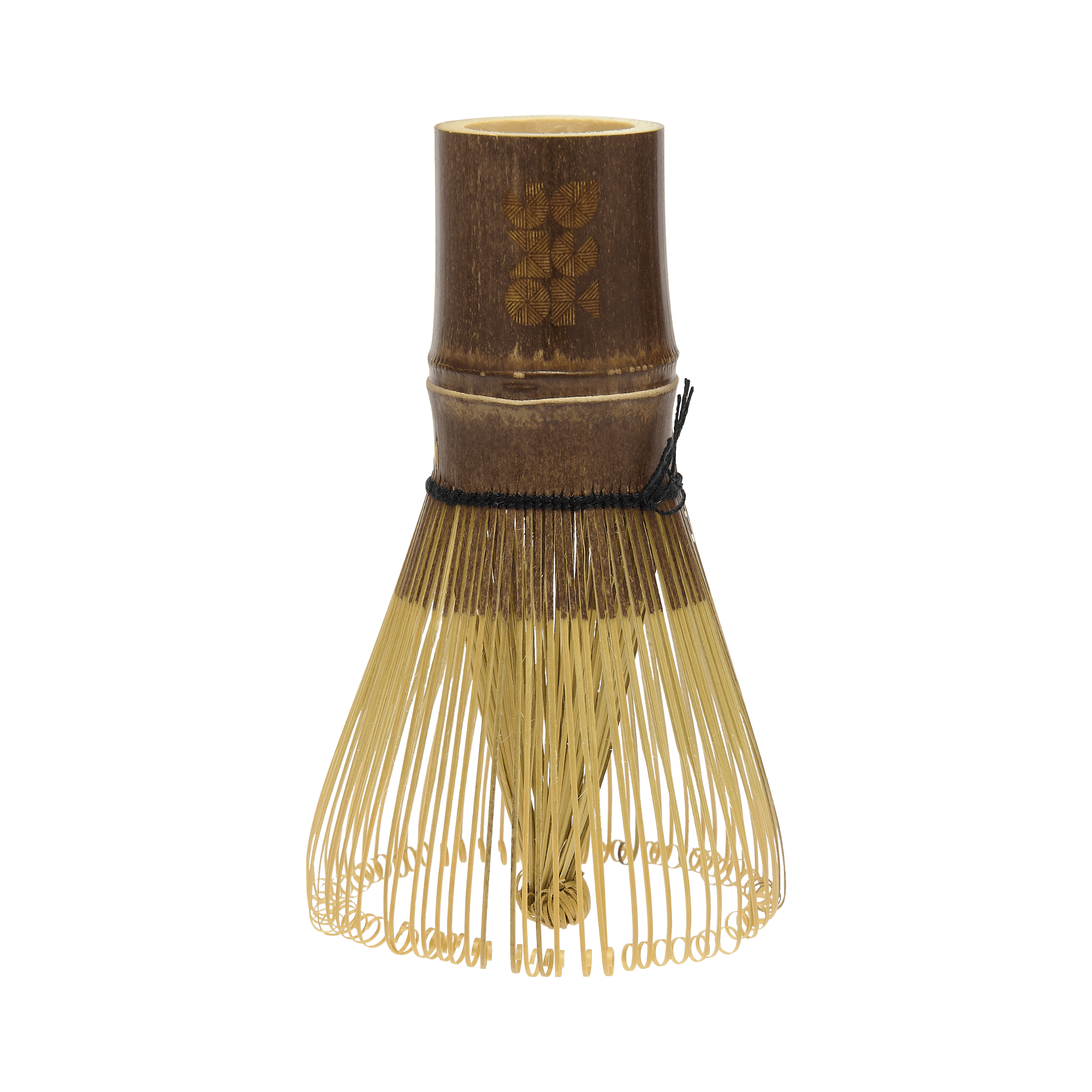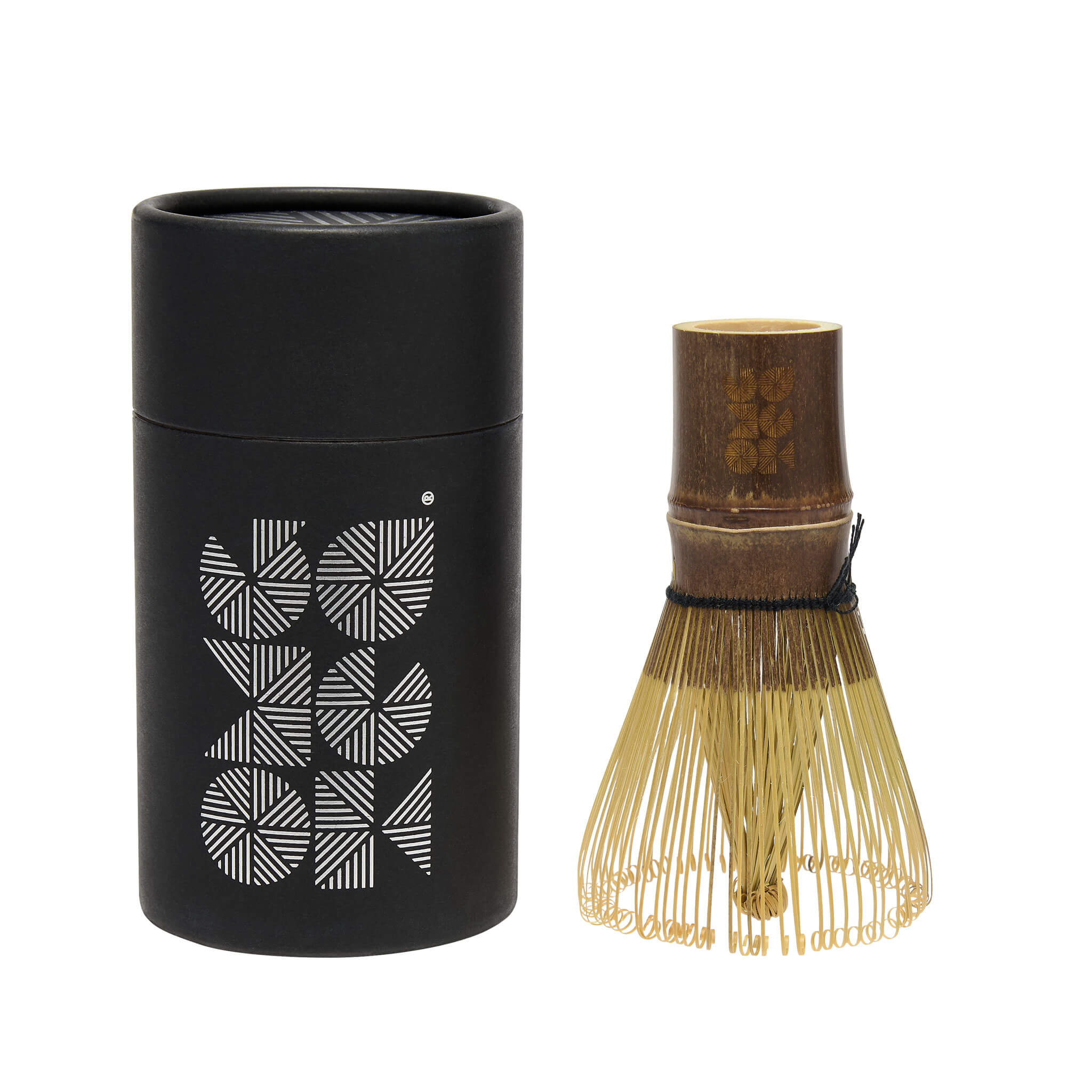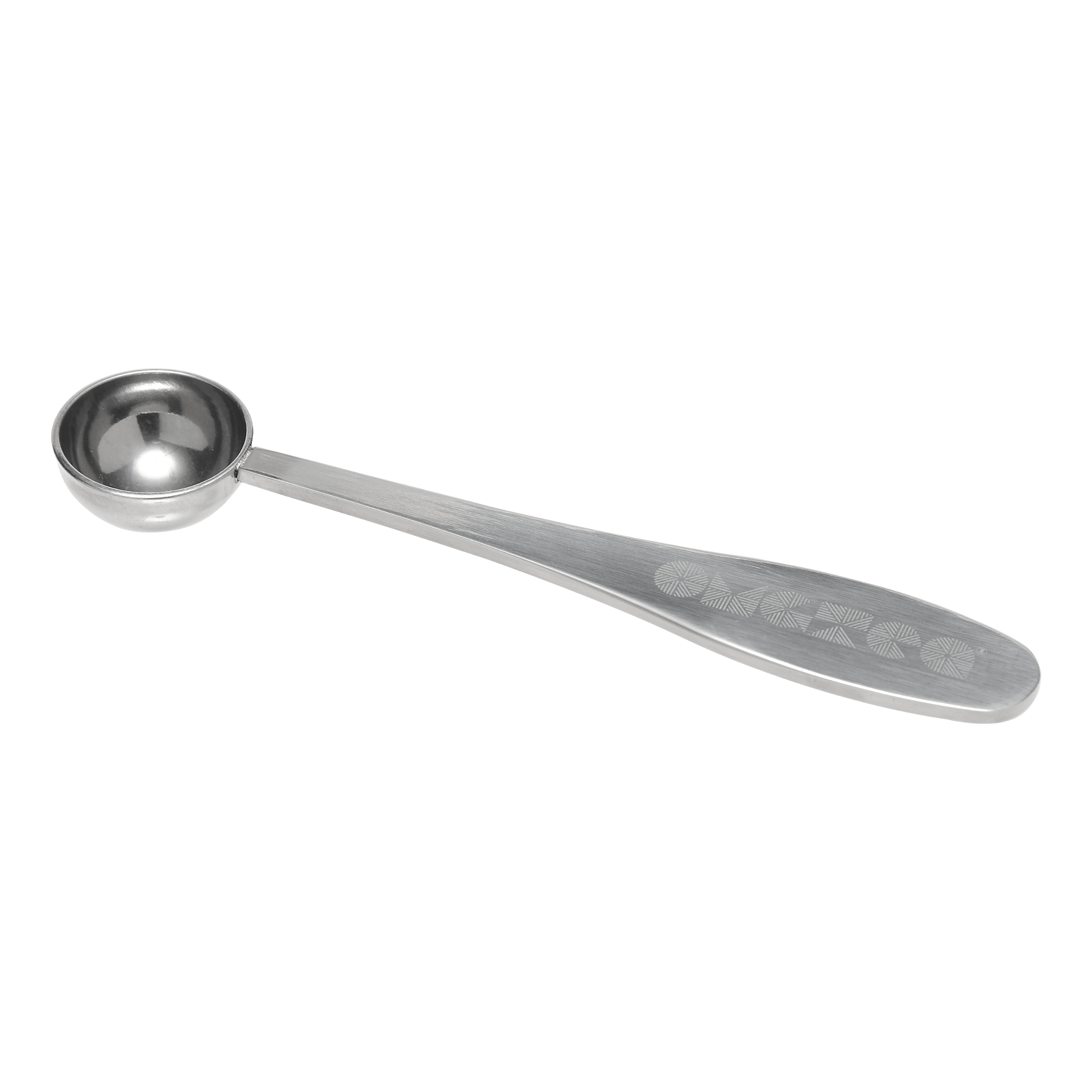Matcha has been around for more than 800 years and it’s growing in awareness and popularity every year, but do you know how this fascinating tea originated?
The matcha we know and love today has evolved quite a lot since the 12th century when it was first used as a medicinal plant in East Asian medicine and consumed mainly in Buddhist monasteries. At this time, matcha was transported from China to Japan, and it was only made by roasting and pulverizing the tea leaves.
The introduction of matcha in Japan is considered to be in 1191 when the monk Eisai, who made Zen Buddhism popular, brought green tea seeds in large quantities to Japan for the first time, following a trip to China.
Upon returning to Japan, they started to cultivate the tea at home. Even back then, matcha was a very precious drink, the consumption of which was reserved for the social elite. The Buddhist monks appreciated the special tea for its ability to relax them and at the same time helped them to focus during their long meditation-sessions. The Samurai loved to drink it before going into battle as it gave them long lasting energy, endurance and concentration.
It was also in Japan that the Oishita cultivation method was developed i.e. shading of the plants giving matcha a richer taste and deep green colour.

How was Matcha first discovered?
There have been some variations in the explanation as to how the method of shading the tea plants before harvest was discovered. In both versions, the discovery was largely accidental.
According to legend the discovery was first made during a cold winter. To try to avoid frost damage to their crops, the tea farmers decided to cover their tea plants with straw shortly before harvest.
During this time, the plants received so little light that they had to produce more chlorophyll in the new shoots to facilitate photosynthesis and thus the amino acid content of the new tea buds increased significantly. The effect of this will also have been greener and richer tasting tea and as we know today, it is this method that maximises the health benefits of the tea as well.
While matcha was forgotten in China, it was further cultivated in Japan as part of Buddhism. The Japanese tea ceremony developed in the 16th century under the great Japanese tea master Sen no Rikyu. Sen no Rikyū (1522 –1591), also known simply as Rikyū, is considered the historical figure with the most profound influence on chanoyu, the Japanese "Way of Tea". He was also the first to emphasise several key aspects of the ceremony, including rustic simplicity, directness of approach and honesty of self.
Another theory suggests that the tea leaves being shaded again, happened by chance. In Kyoto, Uji, lower grades of matcha were initially produced, but the tea farmers soon discovered that the plants in the surrounding forests were naturally shaded and that this tea was of a higher quality. Taking this knowledge on board, they introduced an artificial method of shading that enabled them to achieve similar results without having to relocate their farms. This method soon made the tea made in Uji some of the most popular tea in the country.
Organic matcha in Japan
Despite the manufacture and consumption of matcha in Japan being steeped in tradition, it is also an industry that embraces innovation. In modern times, this is particularly evident when it comes to the cultivation of organic matcha.
The prefecture of Kagoshima on the island of Kyūshū is the southernmost tea-growing region in Japan and is known worldwide for having the best organic matcha teas, it is here that OMGTea’s matcha is cultivated. The active volcanic region is characterised by high mineral and nutrient-rich soils and a warm climate with high rainfall. As a result of these conditions, tencha, from which matcha is later made, thrives. As Japan's second largest tea region, all other types of green tea are also cultivated and processed here.

Kagoshima is known as the heart of tea innovation. Like their ancestors, the tea farmers here are open-minded and willing to try new techniques and concepts to create a better product. This is quite special in the Japanese tea industry as they deviate from tradition. The environment allows a greater variety of cultivars than in Kyoto and Shizuoka. Weakness to frost is a big problem for tea plants and Kagoshima’s milder climate allows the tea farmers to plant non-frost-resistant cultivars like Saemidori, Okumidori and Yutakamidori. These cultivars produce sweeter teas and provide new and interesting flavours. Due to the variety of cultivars, tea masters here have much more scope for innovation when it comes to blending. Furthermore, organic tea is associated with the highest standards, making the production of high-quality organic matcha a real art.
The history of matcha tea is as interesting and complex as the tea itself and due to the sophistication of the full cultivation and production process, only a very few tea farmers know how to produce matcha. In fact, of Japans 30,000 tea farmers, only 500 know how to produce matcha.
It really is extraordinary!
